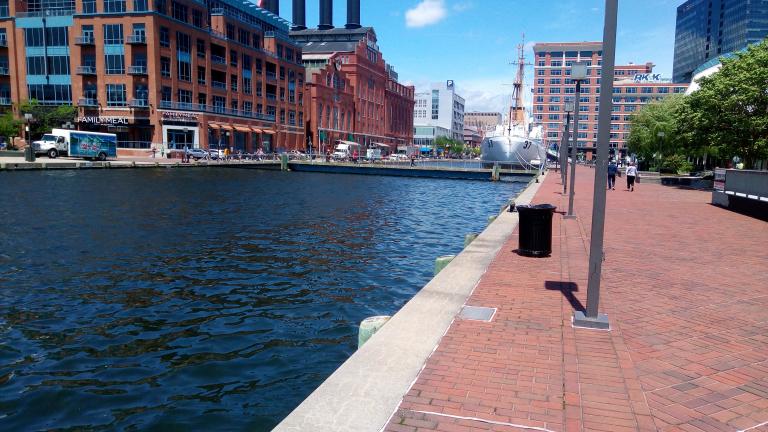
Maryland needs the Clean Energy Jobs Act now. The signs of climate change are all around us and time is of the essence (“Maryland Gov. Larry Hogan faces pressure on bill about drug prices and renewable energy,” May 14). Baltimore just set another record for the wettest year, and the world reached the highest carbon dioxide level on record, above 415 parts per million, last weekend. Texas and the Midwest are seeing some of the worst flooding in history and two devastating floods in Ellicott City are still fresh in our minds. The cost of inaction on climate, as we are learning, is much greater than the cost of action.
Senate Bill 516 puts us on the path to a 50 percent Renewable Energy Portfolio Standard (RPS), replacing half of our fossil fuels with renewable energy by 2030, similar to California, New York and other leading states. Significantly, another equally important but less well known goal of SB 516 is to develop a realistic pathway to 100 percent RPS by 2040. The 50 percent target is considerably easier to achieve than carbon neutrality, which is thought to be necessary to avoid eclipsing the 2-degrees Celsius limit needed to avoid the worst damages from climate change. The good news is that these goals will create tens of thousands of new jobs for our state and make us more competitive economically.
The steps needed to achieve the 2030 goal are relatively straightforward: phase out fossil fuels and increase the development of clean solar and wind energy. Cars, trucks, homes and commercial buildings need to become all-electric while production of electricity is transitioning to renewable energy. The state's commitment to hybrid and electric vehicles and consumer options for renewable electricity should be promoted through public service announcements and tax incentives.
Will our clean energy job be done with this measure? Certainly not. We need to phase out trash incineration, which is not a clean energy source and ultimately not sustainable. Let's not promote coal shipments around the world from Baltimore's port. We will also need to consider how to handle our Calvert Cliffs nuclear power reactors, which provide about 40 percent of our fossil fuel-free energy and are slated to be decommissioned by 2030 or sooner. These make SB 516 even more urgent since it provides an achievable target in the short term and a mechanism for developing intelligent solutions for the long term.
Maryland needs the Clean Energy Jobs Act. The legislature has done its job and now it's time for it to become law.
Shiladitya DasSarma, Ellicott City, Maryland






